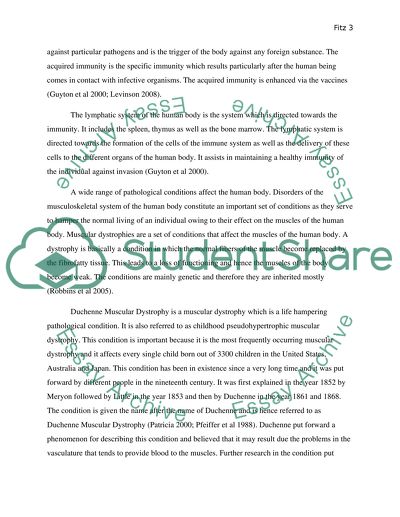Cite this document
(“Duchenne Muscular Dystrophy Research Paper Example | Topics and Well Written Essays - 2000 words”, n.d.)
Retrieved from https://studentshare.org/family-consumer-science/1416525-duchenne-muscular-dystrophy
Retrieved from https://studentshare.org/family-consumer-science/1416525-duchenne-muscular-dystrophy
(Duchenne Muscular Dystrophy Research Paper Example | Topics and Well Written Essays - 2000 Words)
https://studentshare.org/family-consumer-science/1416525-duchenne-muscular-dystrophy.
https://studentshare.org/family-consumer-science/1416525-duchenne-muscular-dystrophy.
“Duchenne Muscular Dystrophy Research Paper Example | Topics and Well Written Essays - 2000 Words”, n.d. https://studentshare.org/family-consumer-science/1416525-duchenne-muscular-dystrophy.


